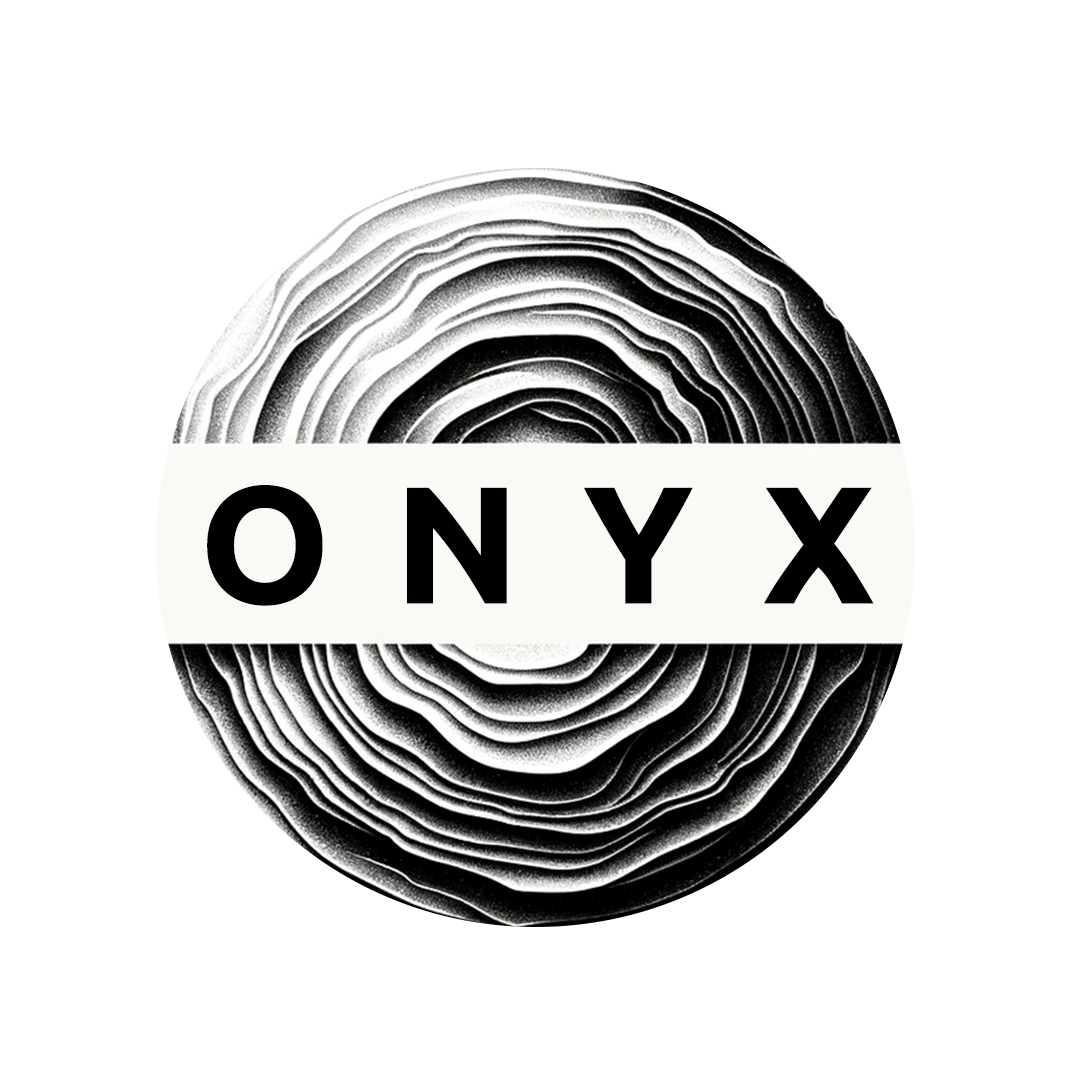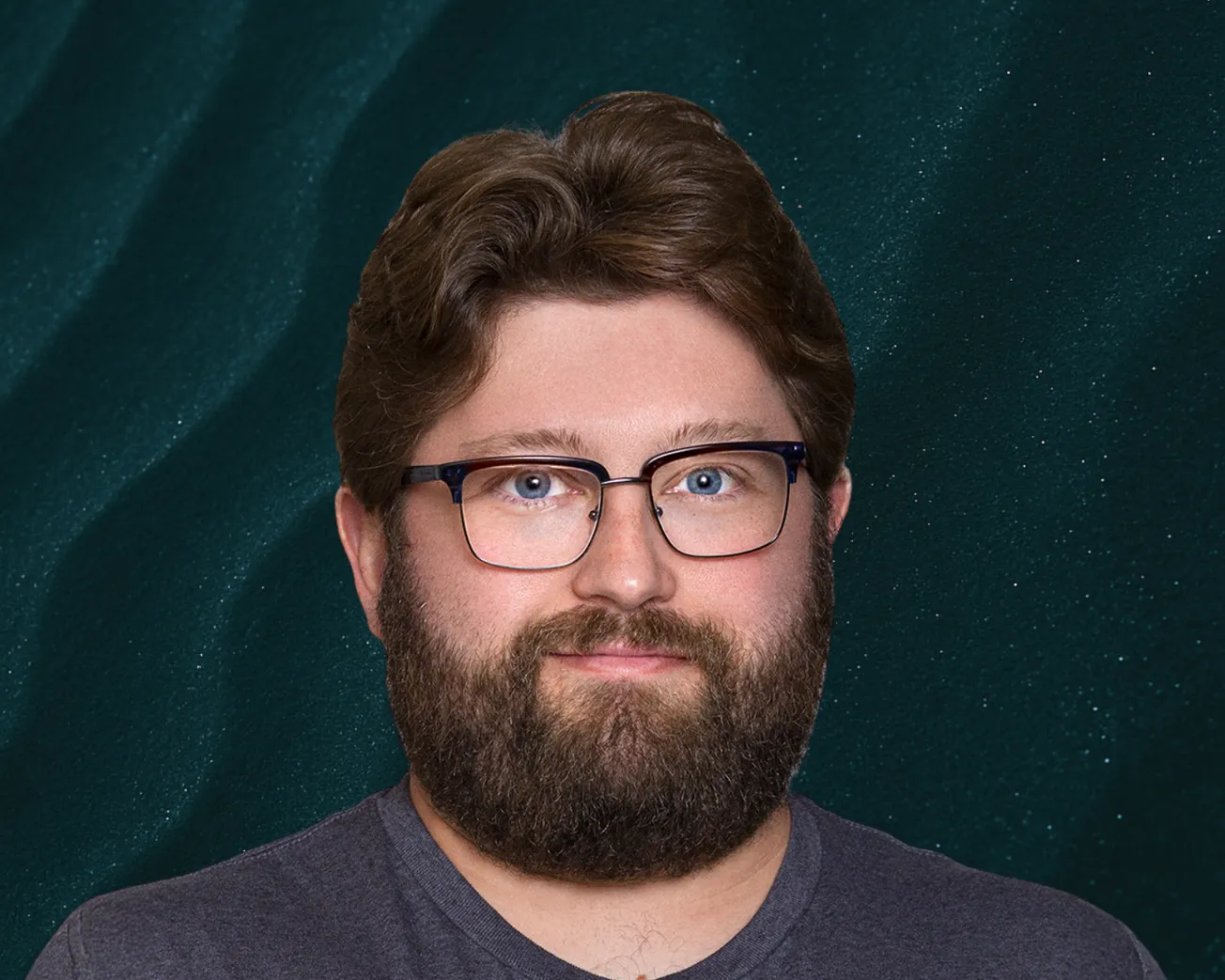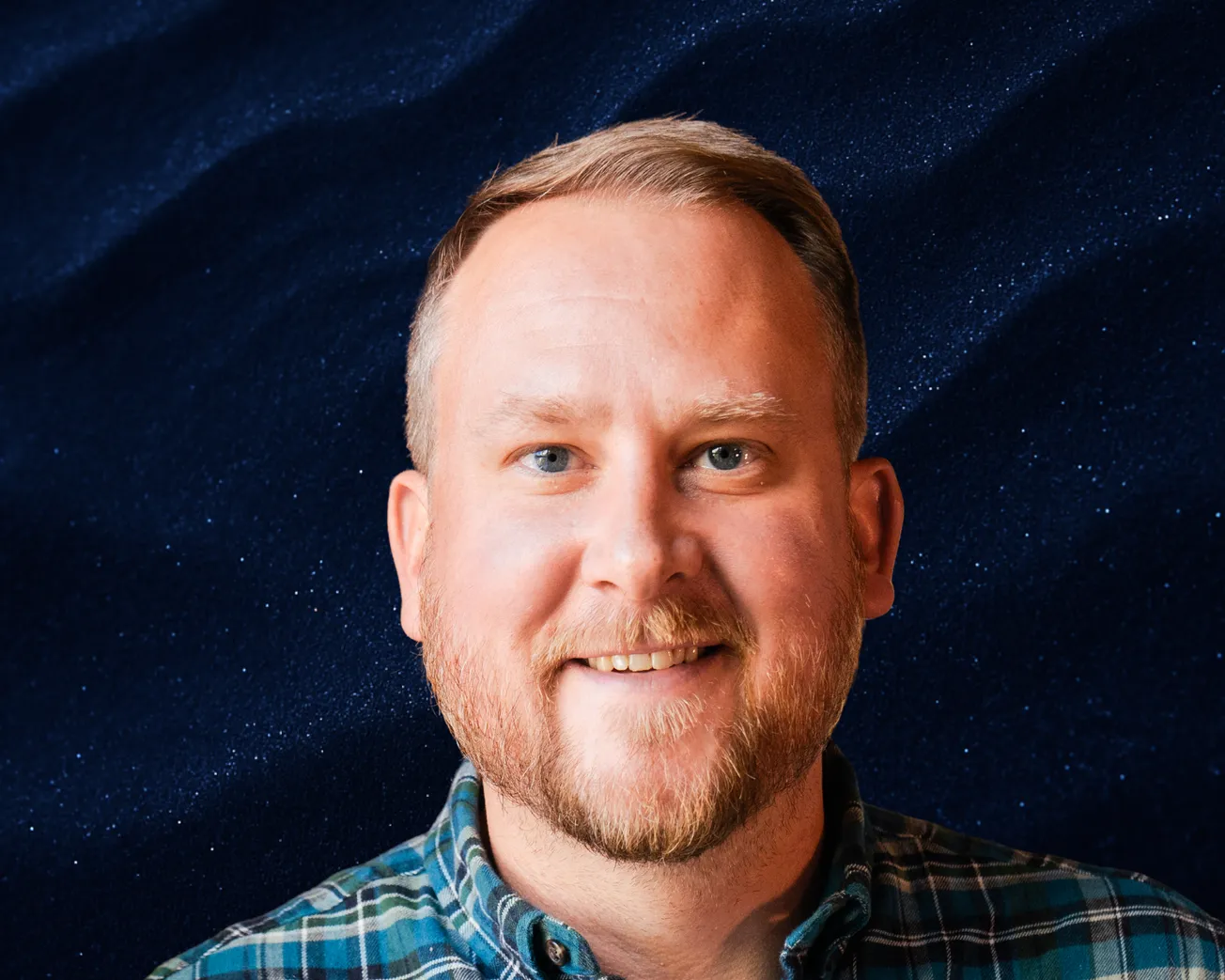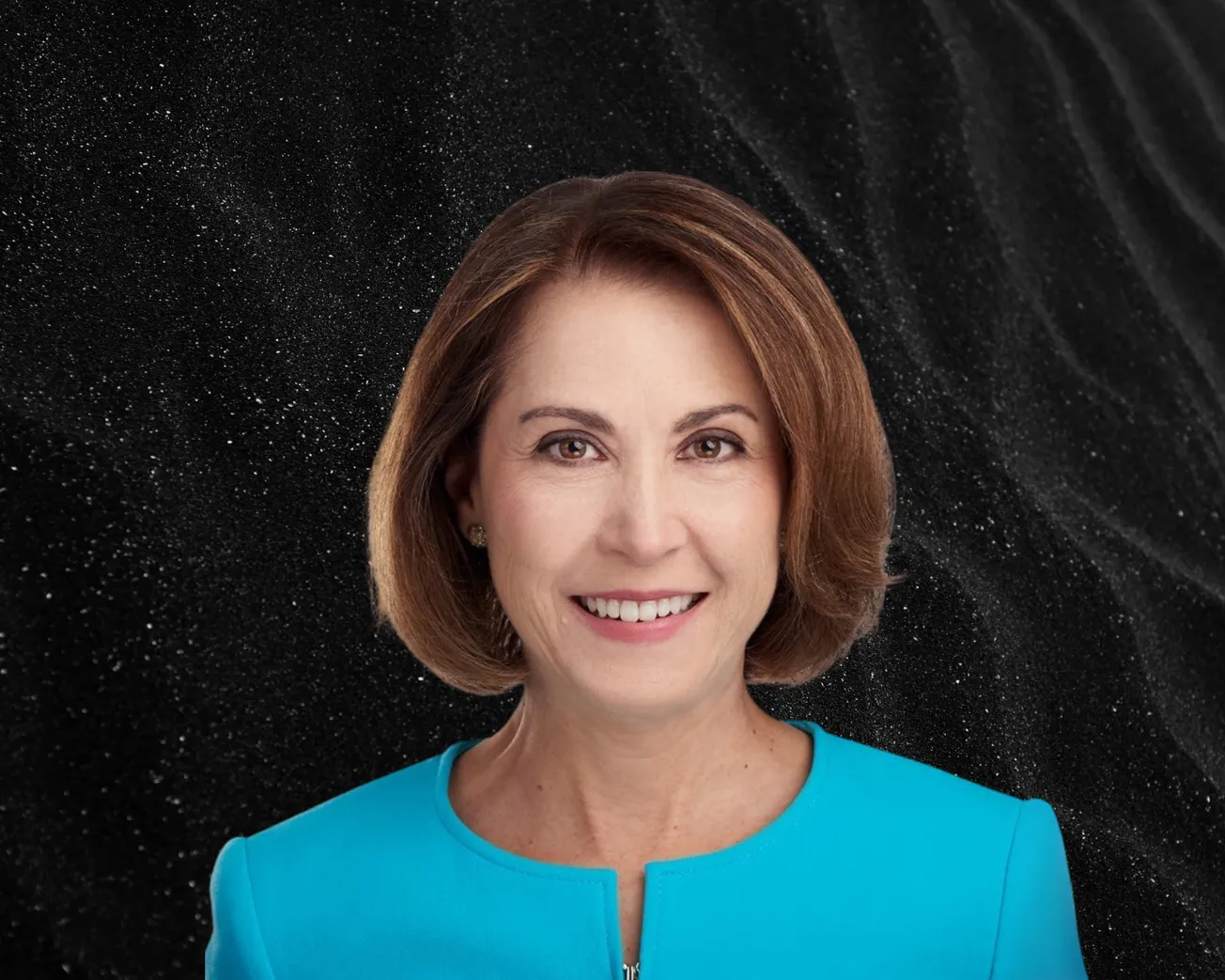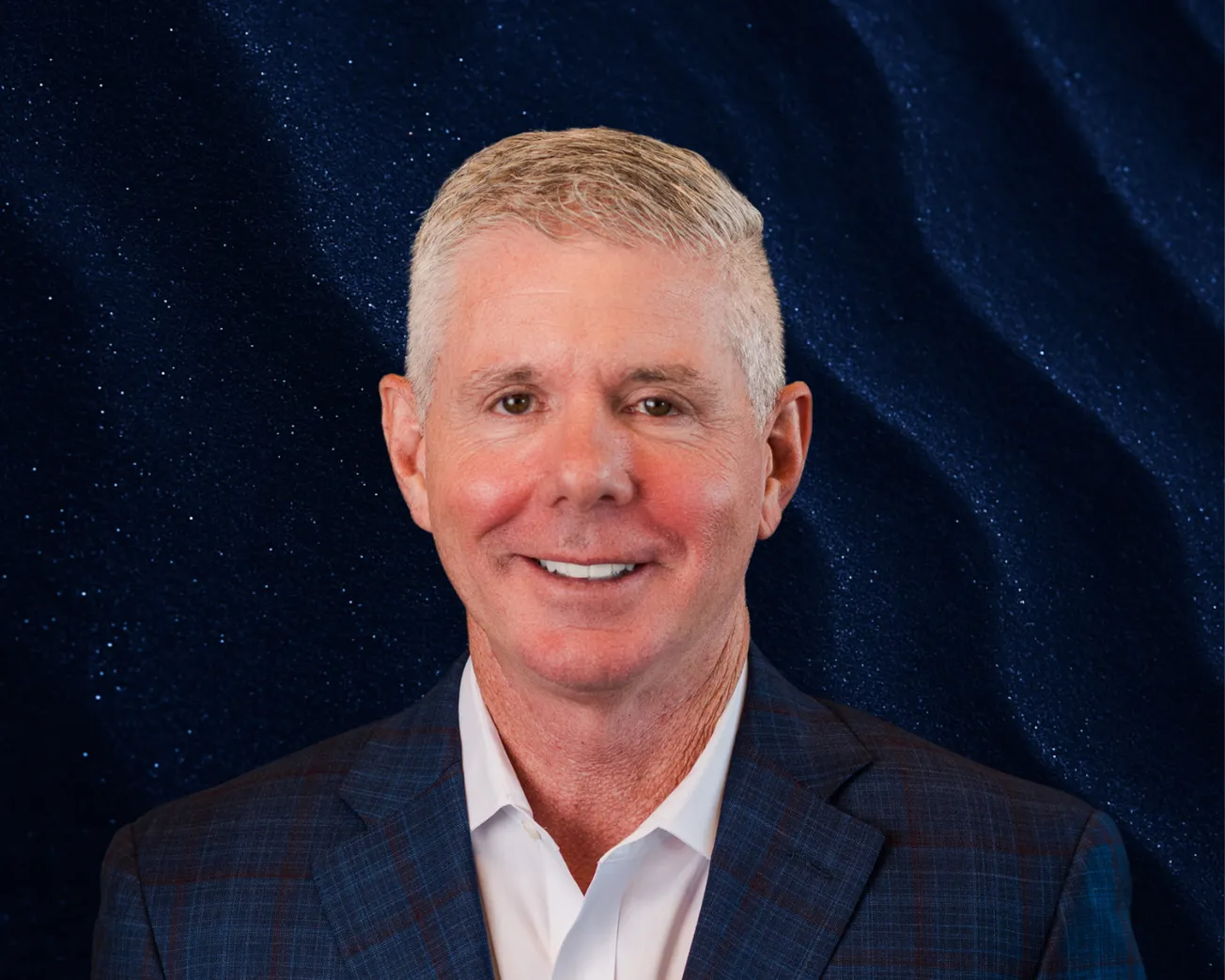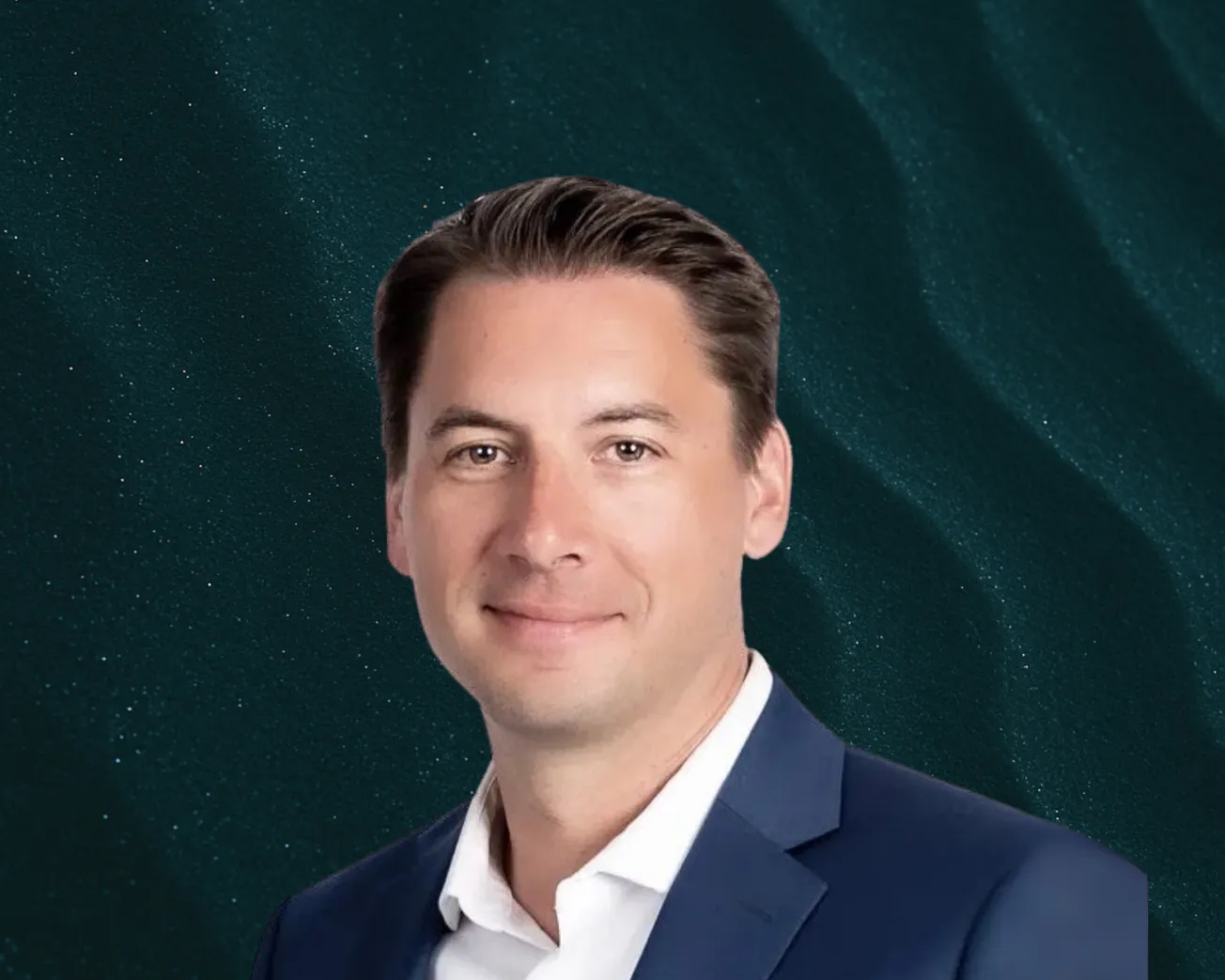Table of Contents
Thomas Eiden, CEO of Atomic Alchemy, sat down with Onyx for a feature-length interview.
Could you start by giving our readers a bit of background on your career journey, and what led you to found Atomic Alchemy?
All throughout my time in science and technology, I’ve always been interested in those out there things - gene editing, space, and particle physics. But, at the end of the day, I chose nuclear engineering. I got my master’s degree at the University of Wisconsin–Madison, where I operated the one-megawatt research reactor, right next door to the football stadium. People always ask me whether it’s safe. Well, yeah, I’ve run particle accelerators - the whole kit and caboodle! So, I’ve always been grounded on the research side of nuclear technology.
After graduating, my first job was as a reactor core designer at Idaho National Laboratory for the Advanced Test Reactor, one of the most capable research reactors in the world! While working there, I started learning about this problem in the supply chain for radioisotopes, which are radioactive materials that are used for everything, from cancer treatment to inspecting welds.
What I saw were shortages that meant people had to reschedule, or even cancel, treatments. A lot of the proposed solutions just didn’t seem like the right ones. You’ve got these incredibly smart doctors who know the problem acutely, but they don’t know how a reactor works. It would have been like, say, during the oil crisis in the ’70s, somebody who couldn’t get gasoline at the pump, so they decided that they were going to start an oil refinery! That’s kind of analogous to what we’re seeing happening today.
I realized that I understood how this technology works - how it’s built and how it’s operated - and I have a unique opportunity to make a difference. To cut a long story short, I quit my cushy government job, got funding from Y Combinator, and started Atomic Alchemy to solve this shortage.
What was your experience like at Y Combinator?
When I joined, in winter 2019, it was still largely software. But they were just starting to ask: how could this model be extended to hard tech? There was a resurgence of biotech and life science companies - lots of drug development startups. I hung out with them, even though I was more hard tech, because, at its core, we still had the same problem. We had to take advice that had been written for SaaS businesses and figure out how to pitch something completely different but through a very similar lens.
Honestly, it was an incredible experience. I probably wouldn’t be here without that crash course in how to run a startup. It taught me the basic fundamentals, like how to talk to investors. Demo Day was by far the most important part. Building that initial investor network is the hardest thing, and YC helped to give me a head start.
My advice? If you’ve got an idea - just apply. You don’t need revenue. You don’t even need a product! I applied with just an idea. The acceptance rate, in my cohort, was 1.4%. I wasn’t expecting it, but it can happen.
How large is the global market for radioisotopes, and where do you see the biggest opportunities?
It’s a weird market. Right now, projections have put it anywhere between $20 billion and $50 billion, with about 10% annual growth. But qualitatively, we’re at a real inflection point.
We’ve been using radioactive materials, in nuclear medicine, since the ’50s - mainly as tracers or for diagnostic imaging. Back in the ’60s and ‘70s, people pushed to see if they could be used in targeted cancer therapies, but those early investigations didn’t pan out. Then, after decades of basically nothing, people started looking again. Technology has, since then, come an incredibly long way, and suddenly the results were very positive.
In the past 10 years, we’ve gone from just diagnostics to looking at a potential additional $20 billion market in treatments, like targeted alpha therapy. Things are moving fast; and, right now, there are so many cool discoveries happening!
Could you explain what targeted alpha therapy is, and why it’s not more widely available?
Most people know chemotherapy - it’s basically fighting a war of attrition against cancer by flooding your body with poison. It works, but it’s rough.
Targeted alpha therapy is different. You take a radioactive atom - say, for instance, lead-212, actinium-225, or lutetium-177 - and attach it to a small molecule, or antibody, that binds to a specific protein that’s been expressed by the cancer cell. Imagine a Lego block: the atom is the bottom, the antibody is the top, and it clicks right onto the protein.
That brings the radioactive atom alongside the bad cell. As it decays, it releases its radioactive payload; or an alpha particle, which is basically a helium ion. That’s like a bulldozer smashing through the cell wall! The aim is for it to break the DNA strands and kill the cancer cell.
What’s so promising is how targeted it is. The alpha particle delivers a huge punch, but over a very short path. So, unlike with chemotherapy, you don’t get a lot of collateral damage. You don’t get hair loss, for instance. Sometimes, the side effects are as mild as dry mouth! Everybody reacts differently, but, generally, the side effects are alleviated because the treatment is so concentrated.
Where does Atomic Alchemy tie into this?
Ultimately, what’s holding this therapy back? It’s the supply chain.
We’re just discovering how promising these isotopes are, but not many people make them. The infrastructure simply isn’t there. Some of these materials go for hundreds of dollars per microgram! Companies struggle to even finish clinical trials, because they can’t get enough.
So, it’s all about supply chain. And that’s our mission: to build out more infrastructure. Nuclear reactors are at the very base of the whole manufacturing process - to continue the earlier analogy, they’d be the oil well, and the chemical processing that we’ll do to make high-purity radiochemicals is like the oil refinery. That’s where the stuff is fundamentally made. There’s just not enough of it!
As I’ve talked to customers and learned more, I’ve realized it’s not just manufacturing. The distribution side is suboptimal, too. So, we have this opportunity to address multiple challenges in the supply chain at once.
You were acquired by Oklo this year. How do you complement each other?
Our initial collaboration was around used nuclear fuel recycling. Oklo is building a commercial plant to recycle nuclear fuel - addressing the last, big argument that anti-nuclear folks have: “What about the waste?”
Here’s what’s fascinating: once Oklo recycles the fuel, there are byproducts. Traditionally, that’s been seen as waste. But a large portion of that so-called ‘waste’ is still valuable. Through our processes, we can extract isotopes for nuclear batteries - think for Mars Curiosity Rover or for Voyager probes - and, also, materials that can be used in medicine or industry!
So, really, it’s recycling after the recycling process. Wealth begets wealth. That leaves only a vanishingly small fraction that actually has to be disposed of.
Longer-term, Oklo’s fast reactors also open up new opportunities. Our design is a thermal reactor, with slow neutrons. Oklo’s are fast reactors with higher-energy neutrons. Fast neutrons can produce entirely different isotopes altogether. There are a dozen materials that, theoretically, we know how to make; and some were made decades ago, in Department of Energy reactors such as the Fast Flux Test Facility. However, today, the only option would be in China or Russia. Nobody’s producing them, commercially. So Oklo, in conjunction with Atomic Alchemy, opens up an entirely new paradigm.
If we look ten years ahead, where do you want Atomic Alchemy to be?
Right now, there are more committees, councils, and working groups, studying the isotope shortage than there are reactors actually making isotopes. In ten years, I want that flipped.
A success story would be when shortages are just a sad memory; when we’ve commercialized the supply chain so fully that no one’s asking: “Where’s the next vial coming from?”
Today, almost all isotopes come from government research reactors. We’re cannibalizing scientific missions to produce them. Ten years from now, I want purpose-built reactors; a fully commercial solution; and a stable, sustainable supply that doesn’t depend on governments bailing us out. That’s the vision!
The good news is that we don’t have to wait 10 years - we’ve been selected by the Department of Energy to participate in the Reactor Pilot Program, which aims to have at least three reactors operational by Independence Day of next year. So, our goal is to not only rise to meet that challenge and have one of our radioisotope production reactors online by then, but to begin providing radioisotopes from it the day we turn it on.
